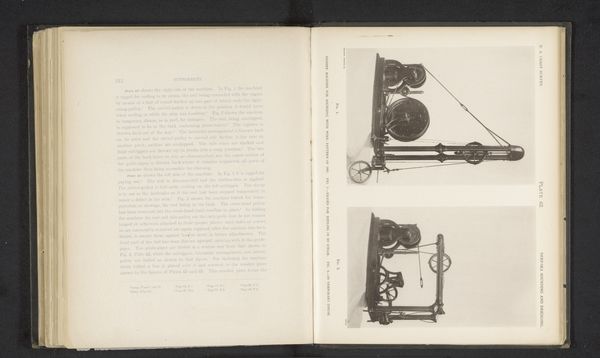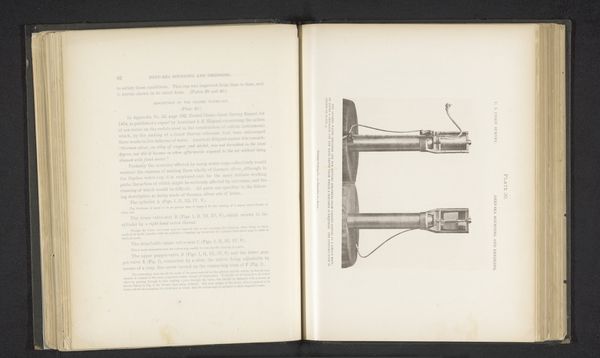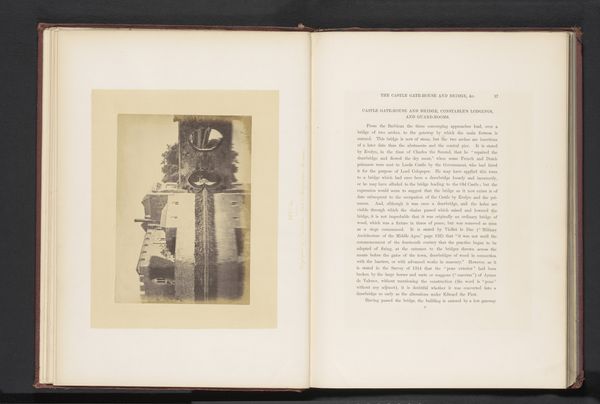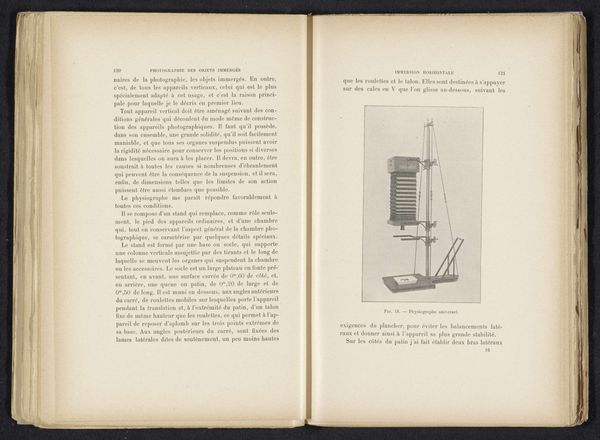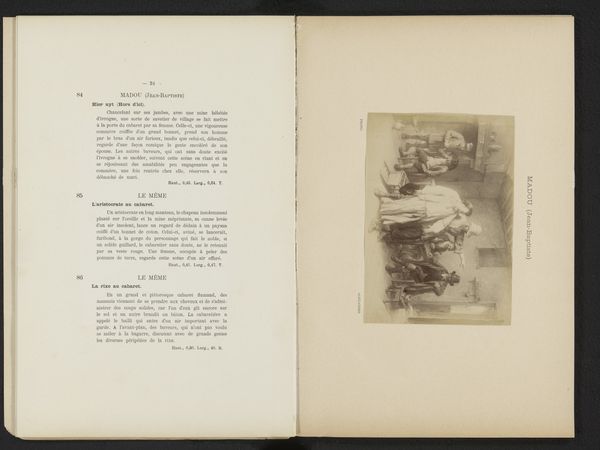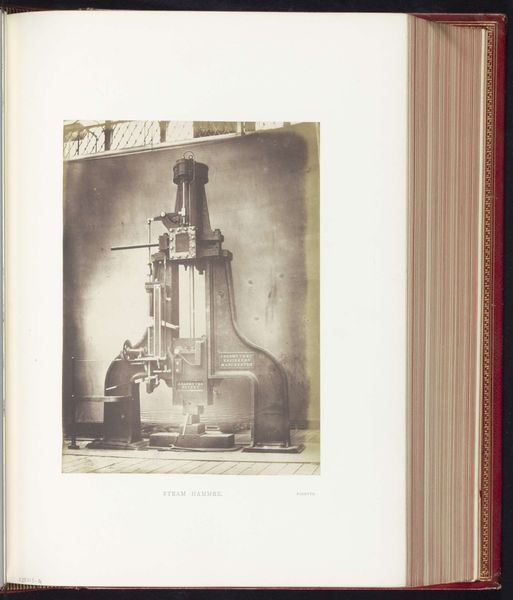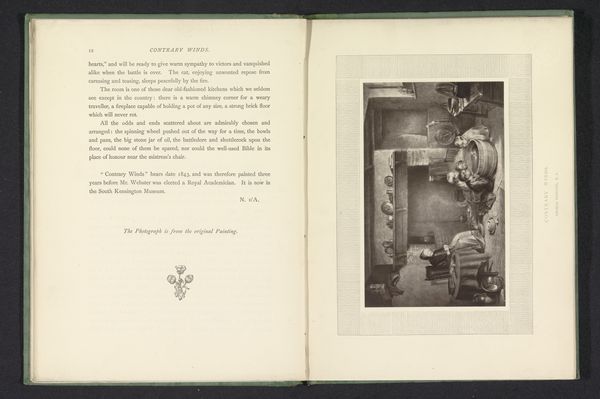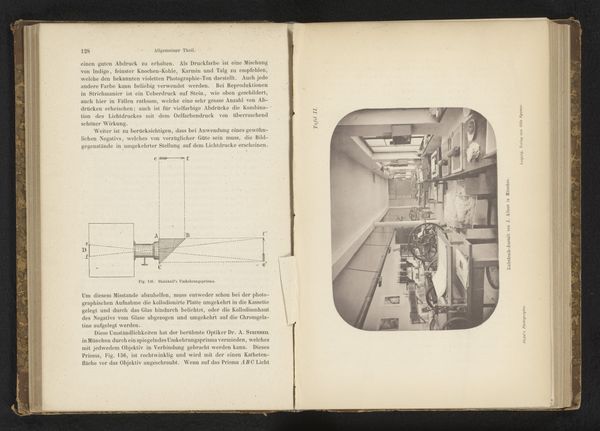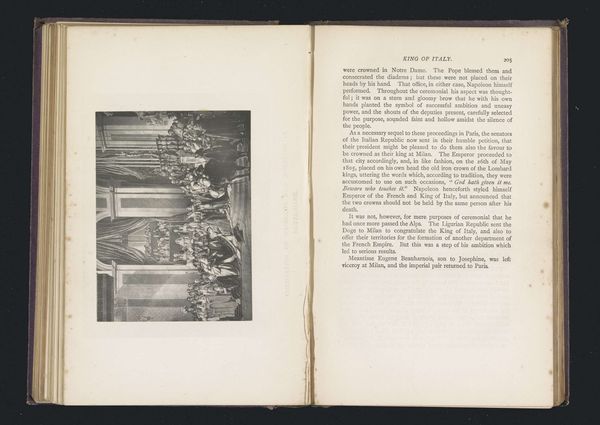
print, photography
#
still-life-photography
# print
#
photography
#
realism
Dimensions: height 172 mm, width 121 mm
Copyright: Rijks Museum: Open Domain
Curator: This photogravure print, dating from before 1892, offers us a glimpse into the Besançon Observatory in France. The subject is a telescope—or more precisely, “Telescoop die beweegt in azimut in het observatorium in Besançon” attributed to M. Lebeuf. Editor: It has an almost sterile feeling, doesn’t it? The composition is dominated by the telescope’s rigid, industrial forms against the soft blur of what must be the observatory's dome. It feels very scientific. Curator: Precisely. Think about the labor involved in both constructing such an instrument and operating it to produce astronomical data. The print itself, being photogravure, involves a complex process. Light, metal, acid, ink, and the highly skilled hands of a printmaker combine science, technology, and art. The purpose being, ultimately, furthering the colonialist and capitalist project. Editor: You can certainly read it that way. But to me, I can also see it as part of a broader narrative: the relentless pursuit of knowledge in a time of great social upheaval. The construction of such powerful tools for observation represents not just a scientific endeavor but also a symbolic attempt to grapple with our place in a rapidly changing world, an effort to understand forces bigger than ourselves. I can’t help but think about the identity of the artist as well as who had access to this technology. Curator: Yes! I find myself wondering who the laborers involved were and under what working conditions they operated. We're not just looking at a tool for observing the stars but the social and economic constellations that made its creation possible. Editor: The way the machinery dominates, with the observer more an implied presence than seen is indicative of this drive to use technology to “solve” our earthly, temporal anxieties. The gaze shifts away from earth toward what it assumes can solve these terrestrial ails. Curator: This interplay highlights what these objects were for then but even more, their cultural utility today. Editor: I appreciate how the choice of photography also provides “evidence,” aligning it even further to objectivity—all constructed of course.
Comments
No comments
Be the first to comment and join the conversation on the ultimate creative platform.

